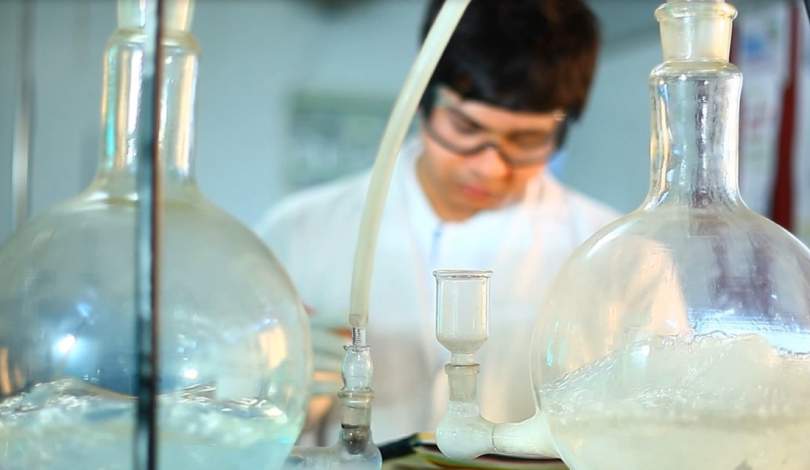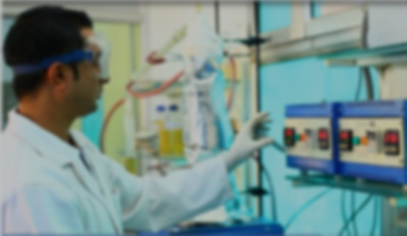Plastics in
the environment
Plastics are the 3rd largest synthetic material produced by humans today, after cement and steel. However, the lack of suitable options for their disposal poses a grave threat to our environment and bio-habitats.

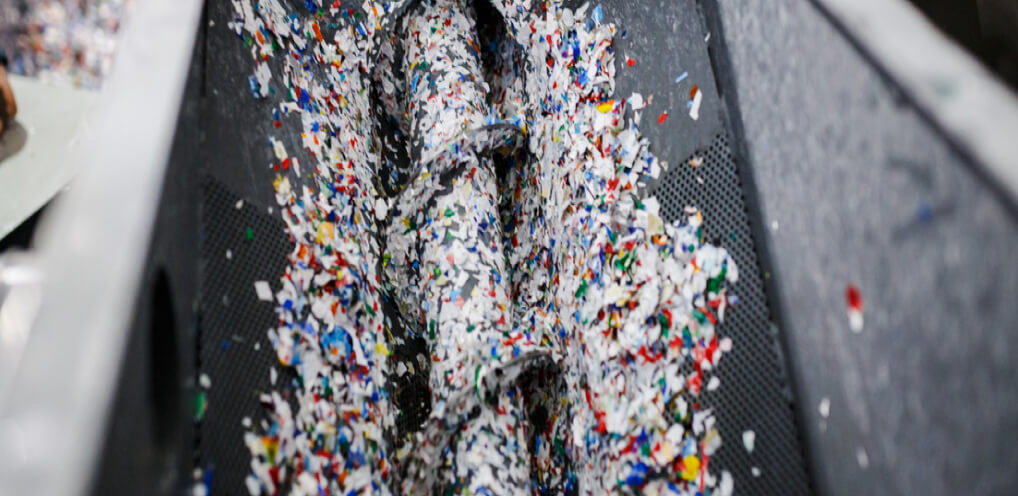
Globally, only 12% of waste plastics are recycled1
Current mechanical recycling practices are incompatible with post-consumer waste plastic streams, which are dirty, soiled and have multiple plastic resins.
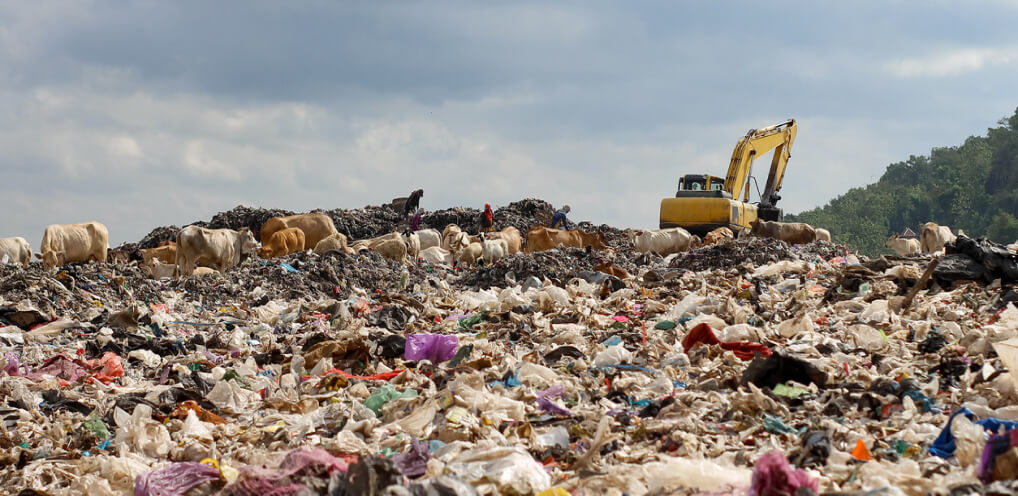
Over 5 billion tons of waste plastics sit in landfills across the world today2
90.5% of plastics ever made were never recycled3
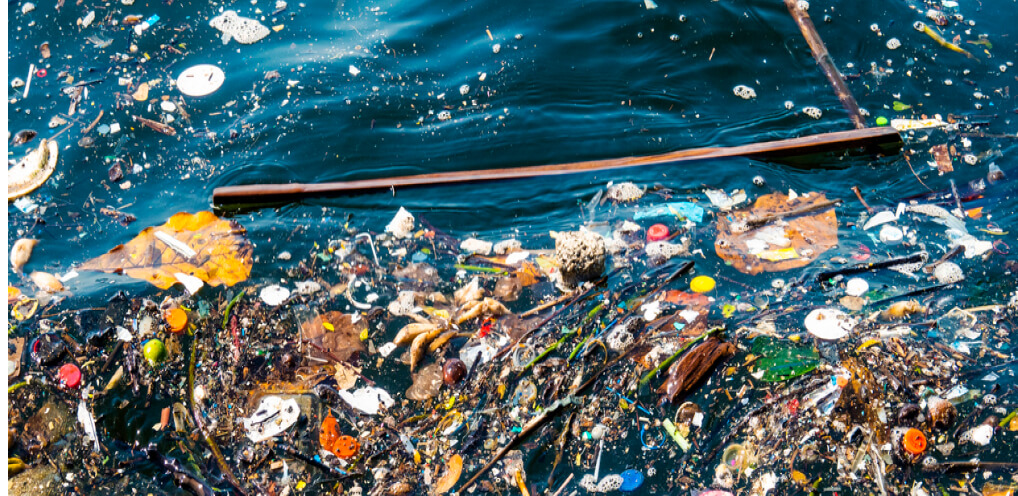
200x: ratio of weight of microplastics on the sea surface to weight of all humans on earth4
An estimated 5.25 trillion microplastic particles float on the sea surface
today, causing harm to the oceanic habitat4
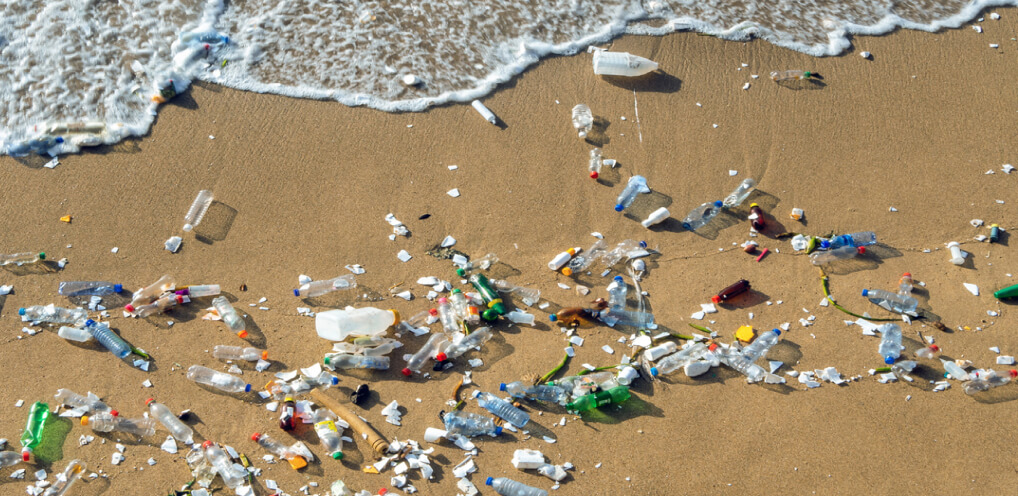
99.8% of all beach debris found on an uninhabited island in South Pacific were plastics5
Henderson Island, an island located in the middle of South Pacific and
untouched by humans still accumulated 38 million pieces of waste plastics5
In 2018 alone6, 8 million tons of waste plastic made its way into the oceans via rivers, resulting in deaths of nearly 100,000 sea mammals7 and affecting 700 marine species8
Polycycl's work with advanced recycling supports the various SDGs laid out by United Nations Development Programme

SDG #8
Decent Work and
Economic Growth
By transforming unrecyclable waste plastic into a usable material resource, advanced recycling helps create green jobs and additional income sources for those working in the informal waste sector.
SDG #9
Industry, Innovation
and infrastructure
Advanced recycling technologies, provide a new innovative approach to recycling low-grade, dirty, and soiled plastics, which are otherwise unrecyclable using incumbent mechanical methods.
SDG #11
sustainable cities
and communities
Advanced recycling helps make cities cleaner by providing an economic incentive for collecting low-grade waste plastics such as flexible films. Such plastic tends to sully the landscape otherwise, choke underground drainages, and be mistaken as food by stray animals.
SDG #12
responsible consumption
and production
By creating a new pathway for a plastic-to-plastic circular economy, advanced recycling helps keep plastics in continuous circulation. This, in turn, reduces the need for extraction of fossil resources and diminishes material intensity i.e. the total material consumed by an economy per unit of GDP it produces.
SDG #13
climate action
Advanced recycling offers a new paradigm for a sustainable plastic economy where old, discarded plastics become usable raw materials for manufacturing virgin polymer resins. Such an approach helps reduces environmental plastic pollution, while simultaneously reducing CO2 emissions by nearly 50%.
SDG #14
life below water
The damage of waste plastics to water bodies and life below water is well documented. By creating an economic incentive for collecting and recycling hard-to-recycle waste plastics on land, advanced recycling diminishes the likelihood of their leakage to water bodies, such as lakes, rivers, and oceans.
SDG #15
life on land
Not just life in water, but life on land too is susceptible to the damages of littered plastic, with terrestrial animals such as birds, stray dogs, and cows often mistaking them for food. By creating a sustainable value chain for low-grade plastics, advanced recycling helps diminish litter in our living habitats, making them safer for life on land.

1 How plastics waste recycling could transform the chemical industry, McKinsey, 2018.
2 Geyer et al., "Production, use, and fate of all plastics ever made." Science Advances, 2017.
3A running list of action on plastic pollution, National Geographic, 2019.
4 Hamilton et al., Plastic & Climate: The Hidden Costs of a Plastic Planet. Center for International Environmental Law, 2019
5 Hunt, Elle. "38 million pieces of plastic waste found on uninhabited South Pacific island." The Guardian, May 15, 2017.
6 Vidal, John. "The plastic polluters won 2019 – and we're runningout of time to stop them ." www.theguardian.com. January 2, 2020.
7 Nace, Trevor. "UK To Ban All Plastic Straws, Cotton Swabs, And Single-Use Plastics." Forbes.com. April 25, 2018.
8 Dalberg-Advisors. Stop the Flood of Plastic: How Mediterranean countries can save their sea. WWF Mediterranean Marine Initiative, 2019
2 Geyer et al., "Production, use, and fate of all plastics ever made." Science Advances, 2017.
3A running list of action on plastic pollution, National Geographic, 2019.
4 Hamilton et al., Plastic & Climate: The Hidden Costs of a Plastic Planet. Center for International Environmental Law, 2019
5 Hunt, Elle. "38 million pieces of plastic waste found on uninhabited South Pacific island." The Guardian, May 15, 2017.
6 Vidal, John. "The plastic polluters won 2019 – and we're runningout of time to stop them ." www.theguardian.com. January 2, 2020.
7 Nace, Trevor. "UK To Ban All Plastic Straws, Cotton Swabs, And Single-Use Plastics." Forbes.com. April 25, 2018.
8 Dalberg-Advisors. Stop the Flood of Plastic: How Mediterranean countries can save their sea. WWF Mediterranean Marine Initiative, 2019

